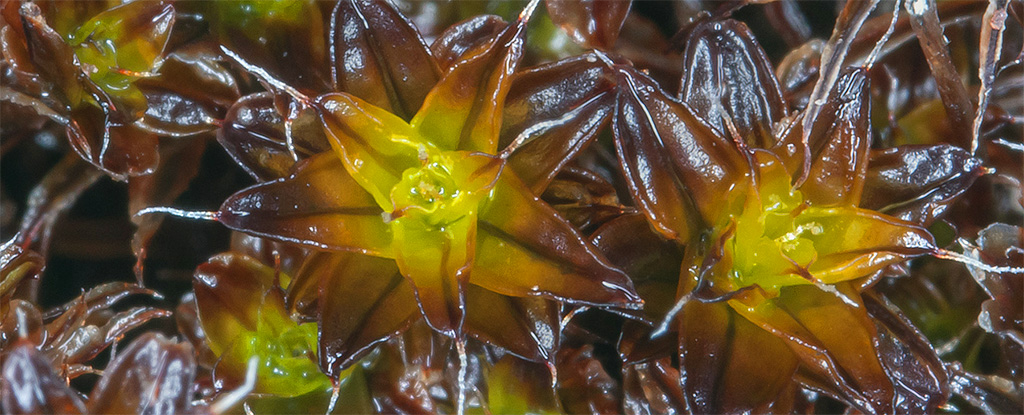
Mosses are among Earth's great terraformers, turning barren rock into fertile soils, and now a team of scientists is proposing these non-vascular plants could do the same on Mars.

Nasa's Perseverance rover has been able to generate 122g of breathable oxygen - enough to sustain a human for three hours on the Red Planet.

Four small rooms, a gym and a lot of red sand - NASA unveiled its new Mars-simulation habitat, in which volunteers will live for a year at a time to test what life will be like on future missions to Earth.

A recent study finds that the vast subsurface fracture networks in Gale crater would have provided water-rich and radiation-shielded conditions that were potentially more habitable than those on the surface.

A machine called MOXIE, stowed away on NASA’s Perseverance rover, can reliably convert carbon dioxide into a small tree’s worth of oxygen. During various tests, MOXIE steadily breathed in Martian atmosphere and breathed out at least six grams of oxygen an hour.

The results from Mars simulations, Project Sirius and project Mars-500, showed worrisome outcome - the astronauts become detached from mission control and almost autonomous with time.

Both the Moon and Mars were volcanically active at one time and the result is lava tubes. A new study shows that lunar and Martian lava tubes might be enormous, and easily large enough to accommodate a base.

Groups like Mars Habitat are dedicated to conducting simulated missions in analog environments. The lessons learned will not only prepare people to live and work in space but foster ideas for sustainable living here on Earth.

Projects BIOWYSE and TIME SCALE are being developed in Norway. These two systems are all about providing astronauts with a sustainable and renewable supply of drinking water and plant food.

Scientists now propose using an insulating material called silica aerogel to make parts of the Martian surface friendlier to photosynthetic life. Perhaps an aerogel blanket could more easily melt the water on the Martian ice caps to make a small section of the planet habitable.

As part of their 3D-Printed Habitat Centennial Challenge, NASA recently awarded five teams with a total of $100,000 for their designs for Martian habitats.

A new analysis of 15 years of data from the Mars Express probe by a team of Italian scientists shows compelling evidence for their being liquid water beneath Mars southern polar region.

The success of first harvest, which produced vibrant-looking lettuce, radishes, cucumbers, and other treats, represents a promising test run for similar greenhouses that could one day be built on Mars—or beyond.

Austrian researches have started a three-week simulated mission to Mars in Oman's barren desert.

Researchers have identified eight, massive sheets of ice just below the Martian surface, and they appear to be relatively young deposits.